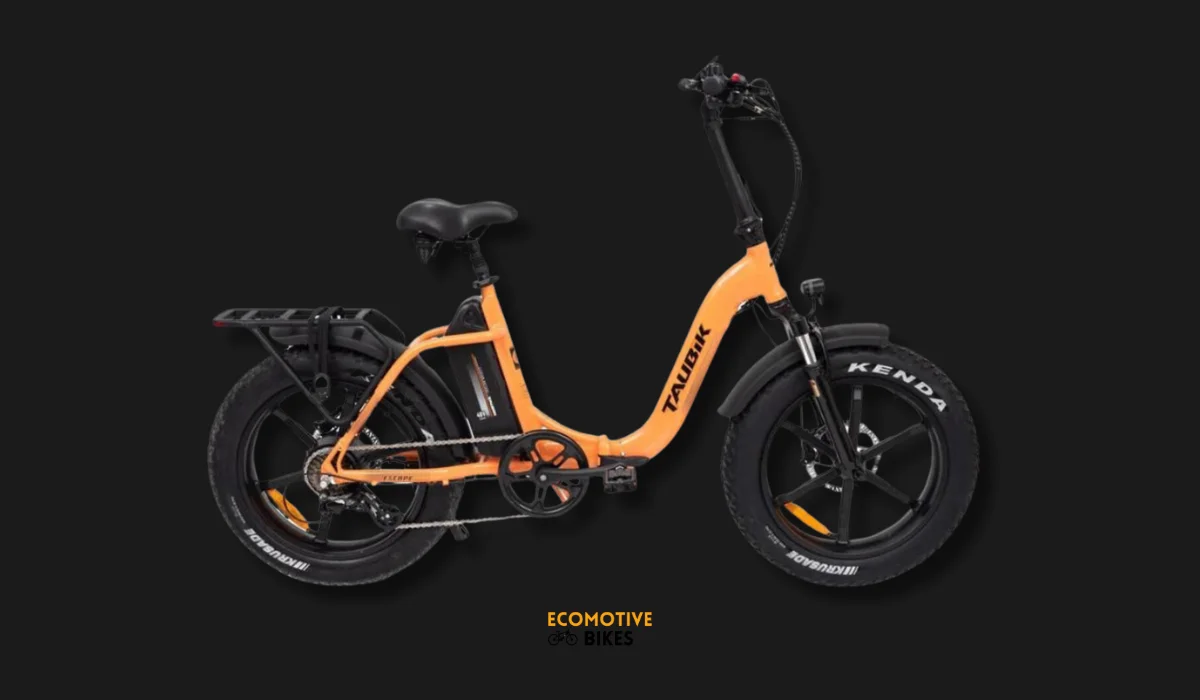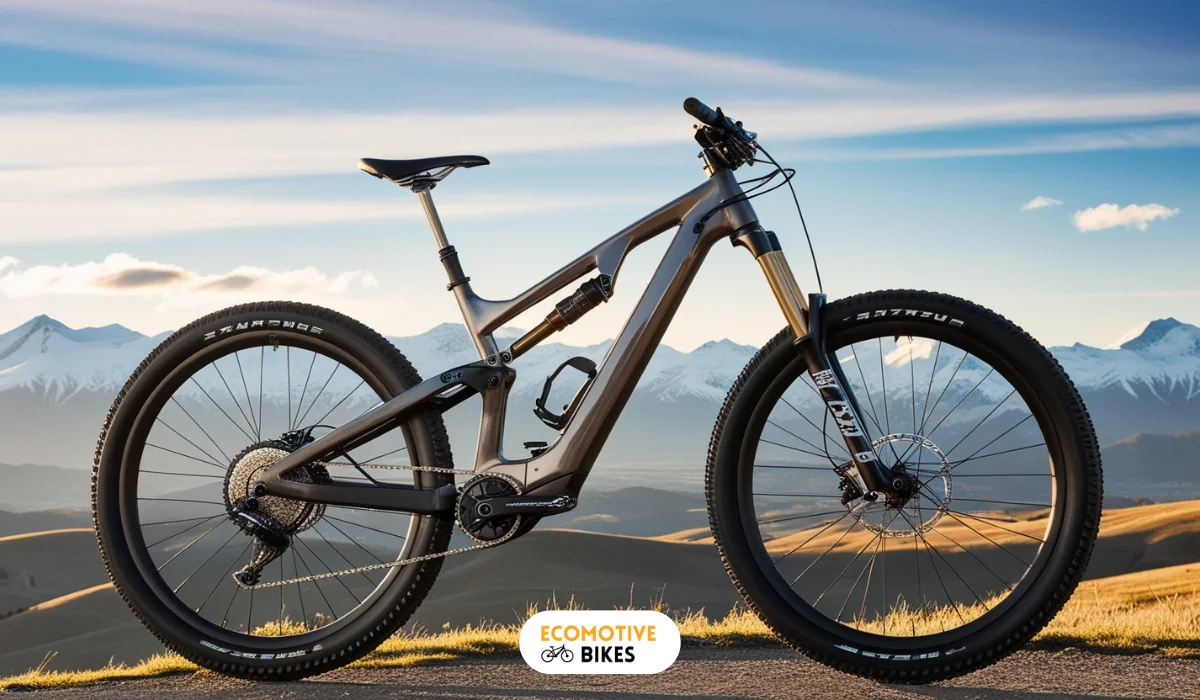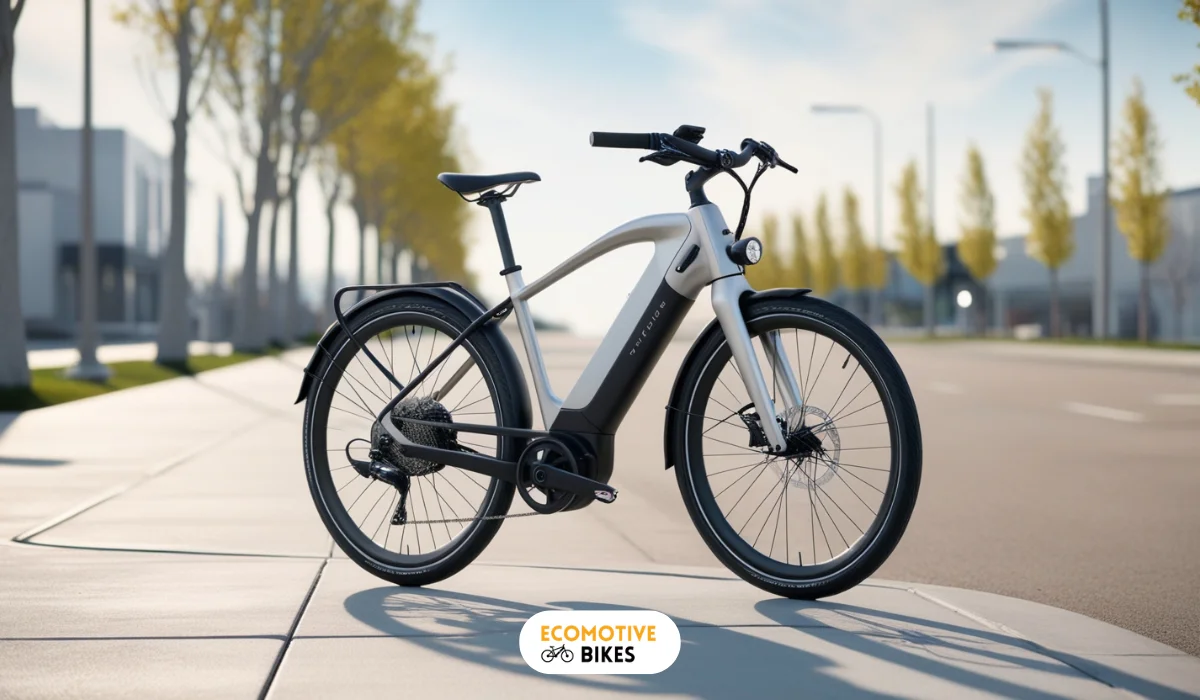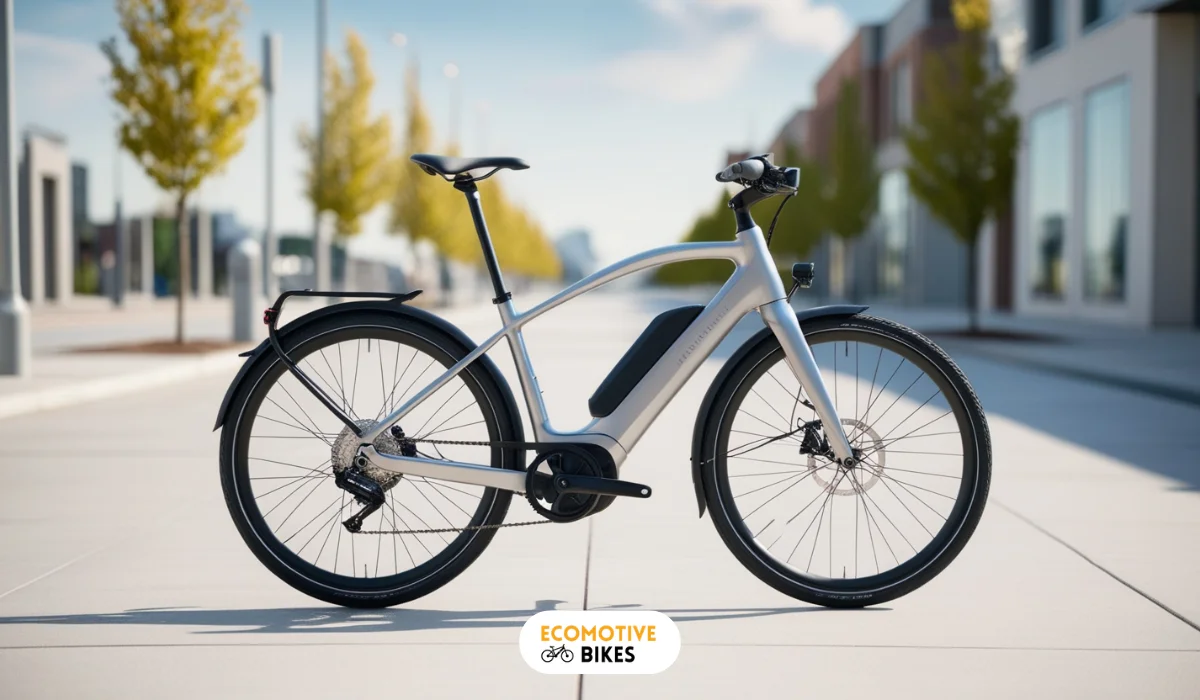How to Reset Electric Bike Controller: A Simple Guide
Learn how to reset electric bike controller easily with this step-by-step guide. Troubleshoot common issues and restore your e-bike's performance.
Table of Contents
Related Articles:
Just like any electronic device, the controller of an electric bike can sometimes encounter issues. A quick reset of the controller could be all it needs to get back on track. But how to reset electric bike controller?
In this comprehensive guide, we will take you through the process of resetting your e-bike controller with the simplest steps. So, let’s get started!

Pre-reset preparation
Understanding your e-bike model
Before resetting your electric bike controller, have a clear understanding of your specific e-bike model. Familiarize yourself with the different components of the controller and how they interact with the motor, battery, throttle, and display. This knowledge will help you navigate the reset process with confidence, ensuring a smooth and successful operation for your electric steed!
Safety tips before resetting the electric bike controller
Safety comes first! Before starting the reset:
- Ensure that your e-bike is safely parked in a stable location.
- Disconnect the battery to prevent any accidental electrical surges that could potentially harm you or damage the controller.
- Always wear protective gear such as gloves and safety goggles.
- Work in a well-ventilated area to avoid inhaling fumes from the battery.
How to reset electric bike controller? Step-by-step reset guide
1. Access the control panel
For accessing the control panel:
- Power On: Ensure your e-bike battery is switched to the “on” position.
- Function Button Press: Locate the function button on your e-bike’s control panel (usually denoted by a symbol or labeled “Function”). Hold this button for three seconds.
This will initiate the control panel interface, allowing you to navigate through various e-bike settings.
2. Adjust default settings
- Access settings menu: Refer to the previous instructions for accessing the control panel.
- Unlock edit mode: Hold the up and down keys simultaneously for three seconds. This will likely enter an edit mode where you can view and modify default settings.
- Navigate settings: Use the function button to cycle through the various adjustable settings on the display. These might be labeled with letters (P Values) or numbers (C Values) depending on your specific controller.
- Importance of correct parameters: Be cautious when changing these settings. Ensure they are set correctly for optimal performance of your e-bike. Consult your e-bike’s manual or a qualified technician if you’re unsure about specific values.
- Customization for improved ride: Within the allowed range, you can customize these P and C Values to better suit your riding preferences and needs. This can significantly enhance your e-bike riding experience. For example, you might adjust settings for pedal assist sensitivity or top speed.
Here is a video guide showing the controller resetting process:
Related: How to program an ebike controller?
Troubleshooting post-reset
Identifying controller issues
Reset isn’t always the magic bullet! Before diving deeper, let’s diagnose what might be ailing your e-bike’s controller. Here are some key signs to watch for:
- Silent treatment: A completely silent controller, with no display illumination or motor response upon throttle or pedal assist activation, signifies a potentially serious internal issue.
- Erratic System Behavior: Unusual responses from your e-bike, such as unintended acceleration, delayed response to input, or complete motor cutoff during operation, could indicate the controller misinterpreting signals.
- Wired Wrong: Carefully inspect the controller for any physical signs of damage around its housing or wiring. Look for loose connections, frayed wires, or burn marks, which could be disrupting communication and functionality.
Systematic examination of these aspects, helps you gain valuable insights into the nature of the controller problem. If the identified issues seem beyond a simple reset’s capability, consulting a qualified e-bike technician for further diagnosis and repair is recommended. Their expertise can ensure a safe and efficient resolution to get you back on the road.
Solutions for common problems
While a reset can often rectify minor controller malfunctions, some issues might require further investigation. Here’s a structured approach to identifying the root cause:
- Fuse inspection: Verify the integrity of the e-bike’s fuse. A blown fuse can effectively interrupt power delivery, preventing the controller from functioning. Utilize a multimeter to confirm the fuse’s continuity or replace it with a fuse of the same rating if necessary.
- Connection verification: Meticulously examine all wiring connections, particularly those related to the motor and battery. Loose or corroded connections can disrupt signal transmission between the controller and other components. Ensure all connections are secure and free of debris.
- Controller replacement consideration: If the aforementioned steps fail to resolve the issue, the controller itself might malfunction. In such cases, consulting a qualified e-bike technician for diagnosis and potential replacement is recommended. Their expertise can ensure a safe and definitive solution to get your e-bike back in operation.
How to do care and maintenance of e-bike controller?
Regular check-up tips
After frequent use, it is vital to conduct regular check-ups on your electric bike controller to ensure its optimal performance. With simple preventative measures, you can help extend the lifespan of your controller and avoid potential issues. So,
- Inspect wiring connections regularly.
- Clean the controller housing to prevent dust accumulation.
- Check for any signs of wear or damage.
This proactive approach to maintenance can help you catch potential problems early and address them before they escalate, ensuring a smooth and safe biking experience.
Factors affecting controller longevity
The controller is your e-bike’s brain, so keeping it healthy is key. Here’s how to extend its lifespan:
- Fight the Elements: Heat, cold, and moisture are enemies. Avoid storing your e-bike in extremes and dry the controller after rides in rain.
- Connection Care: Regularly inspect and tighten wiring connections to prevent communication issues.
- Cleanliness is Key: Dust buildup can cause overheating. Wipe down the controller periodically (off and dry first!).
- Be Reset-Ready: A reset can fix minor glitches. Consult your manual for instructions.
By following these tips, you’ll ensure your controller functions optimally for a long and happy e-bike life!
Final word: How to reset the electric bike controller?
Now you’re armed with the knowledge to reset and care for your e-bike’s controller! With a little TLC and these handy reset techniques, you can conquer minor glitches and keep your electric companion running smoothly. Remember, a healthy controller translates to a happy ride, so go forth and explore with confidence!





